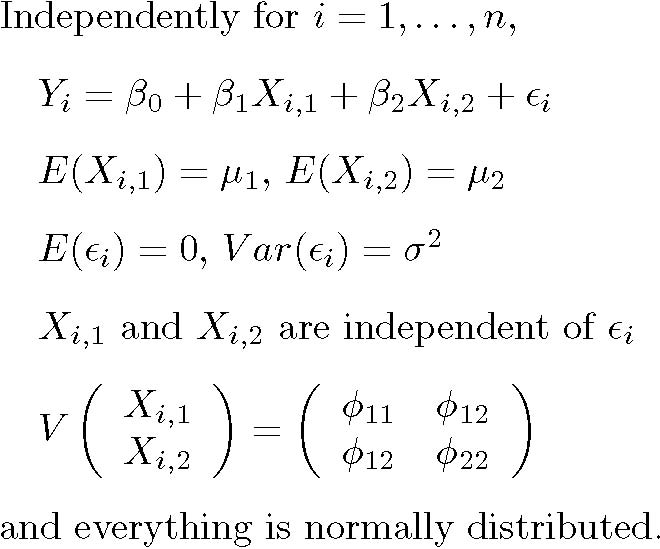
Regression with observed variables using SAS proc calis

/**************************** CarCalisReg.sas ****************************/
title 'Open SAT Data: Fit a regression model with proc calis';
title2 'Jerry Brunner: Student Number 999999999';
data PennState;
infile '/folders/myfolders/431s15/openSAT.data.txt' firstobs=2 ; /* Skipping the header */
input id verbal math gpa;
ods graphics off; /* Suppress regression plots */
proc reg;
title3 'Proc reg for comparison';
model gpa = verbal math;
proc calis;
title3 'Surface regression with proc calis';
var verbal math gpa; /* Declare observed variables */
lineqs
gpa = beta0*Intercept + beta1*verbal + beta2*math + epsilon;
variance /* Declare variance parameters. */
verbal = phi11,
math = phi22,
epsilon = sigmasq;
cov /* Declare non-zero covariance parameters. */
verbal math = phi12;
mean /* Declare non-zero mean parameters. */
verbal = mu1, math = mu2;
Vocabulary used by proc calis: